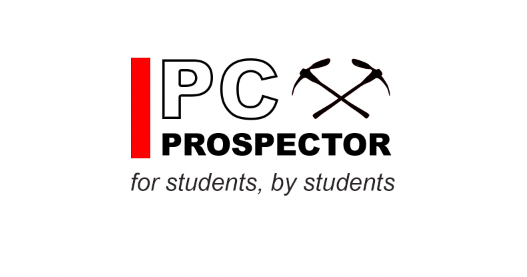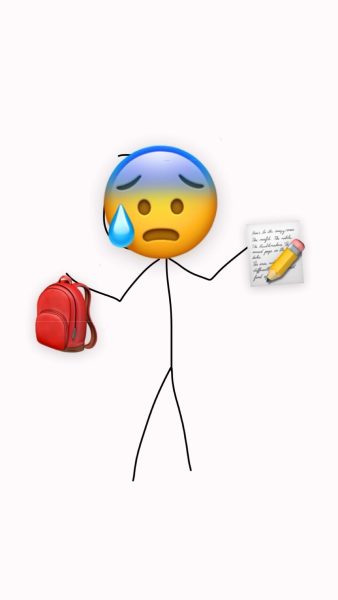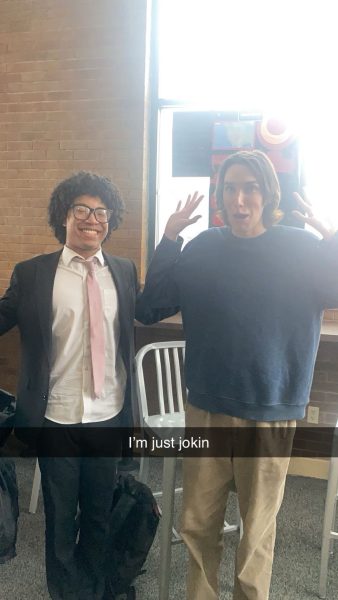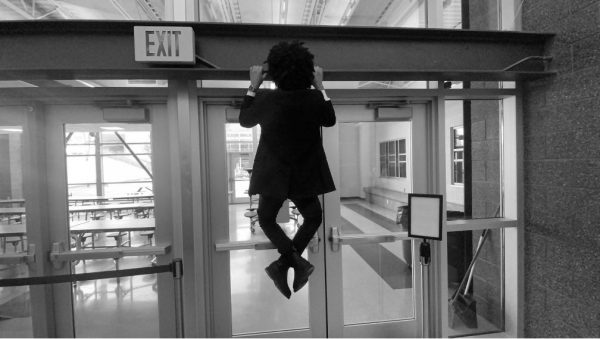The Dress Code: Wording is Everything

Nearly every school in the world has a dress code policy. That dress code mainly requires clothing to be school-appropriate, and prohibited clothing that might relate back to gang-affiliated activity.
According to the Park City High School student handbook, “Our dress code policy is committed to providing a safe and orderly learning environment.” Many students and staff believe that there isn’t a dress code because it is enforced so sporadically and subjectively. However, that subjective enforcement is the problem.
We at the Park City Prospector think that PCHS should still have a dress code, but the wording of the dress code should be changed.
Students have varying opinions toward the dress code. While some are not bothered by it, others feel it is too strict.
“If my mom lets me leave the house with what I’m wearing then I feel like I should be able to wear that,” said Junior Jordan Parker.
The dress code states that an item of clothing “must be modest in appearance as determined by staff and administration.” That line in the dress code makes it very subjective.
The problem with this line is that the school is already starting to sexualize students. The line makes teachers and staff look to see if a piece of clothing is inappropriate. Plus, what one teacher decides is appropriate may be very different from what another teacher decides.
Teachers shouldn’t be worried about what students are wearing. Instead, they should be worrying about whether students are understanding the material of their course. They should not be stopping a student from learning because they think what they are wearing is inappropriate, especially if it is a subjective opinion.
The wording of the dress code is different compared to some of the nearer schools, like Ecker Hill Middle School, Skyline High School, and Wasatch High School. In their dress codes, they do not state that the appropriateness of an item of clothing must be “determined by staff and administration.”
Instead, they go into more detail about what the student body should and should not wear. For example, in the Wasatch High School, their clothing “will be modest, neat, clean, and in good repair.” Or even in our own school district, Ecker Hill Middle School states that “clothes must be neat and clean and promote an appropriate and positive image.”
Instead of letting staff decide whether an item of clothing is appropriate or not, these schools go into more detail about what the students can wear. Their dress codes still establish rules so that every student looks modest in appearance, but they provide guidelines instead of suggesting subjective judgment.
PCHS should also have clear guidelines instead of the current dress code. These guidelines can still have restrictions on clothing worn to school.
English Teacher Julie Hooker is in favor of some clothing regulations at school.
“My thoughts are, I think that we dress for the job we want,” explained Hooker.
Crucially, however, these restrictions should be focused on fostering a productive learning environment. That environment doesn’t include inappropriate clothing, but it also doesn’t involve teachers sexualizing or shaming students based on their own opinions.
Sophomore Bella Campbell said, “I think that [teachers] should just treat people like adults. Like if something is genuinely bad and they shouldn’t be wearing it, have an adult conversation with them, and don’t shame them for what they like to wear.”
In principle, the dress code is not an affront. The problems arise when the dress code is enforced by staff with differing views, especially since this enforcement often involves shaming students. Park City High School can fix this by rewriting the dress code to be less subjective. By doing so, we can become a society less focused on judgment, and more focused on learning.






